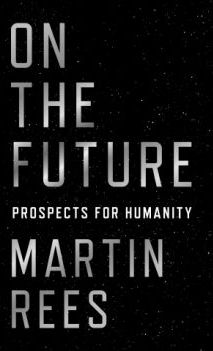Jan 29, 2019
Quantum structure of buckyballs
Posted by Caycee Dee Neely in categories: computing, particle physics, quantum physics
Buckyballs! We love them.
JILA researchers have measured hundreds of individual quantum energy levels in the buckyball, a spherical cage of 60 carbon atoms. It’s the largest molecule that has ever been analyzed at this level of experimental detail in the history of quantum mechanics. Fully understanding and controlling this molecule’s quantum details could lead to new scientific fields and applications, such as an entire quantum computer contained in a single buckyball.

















